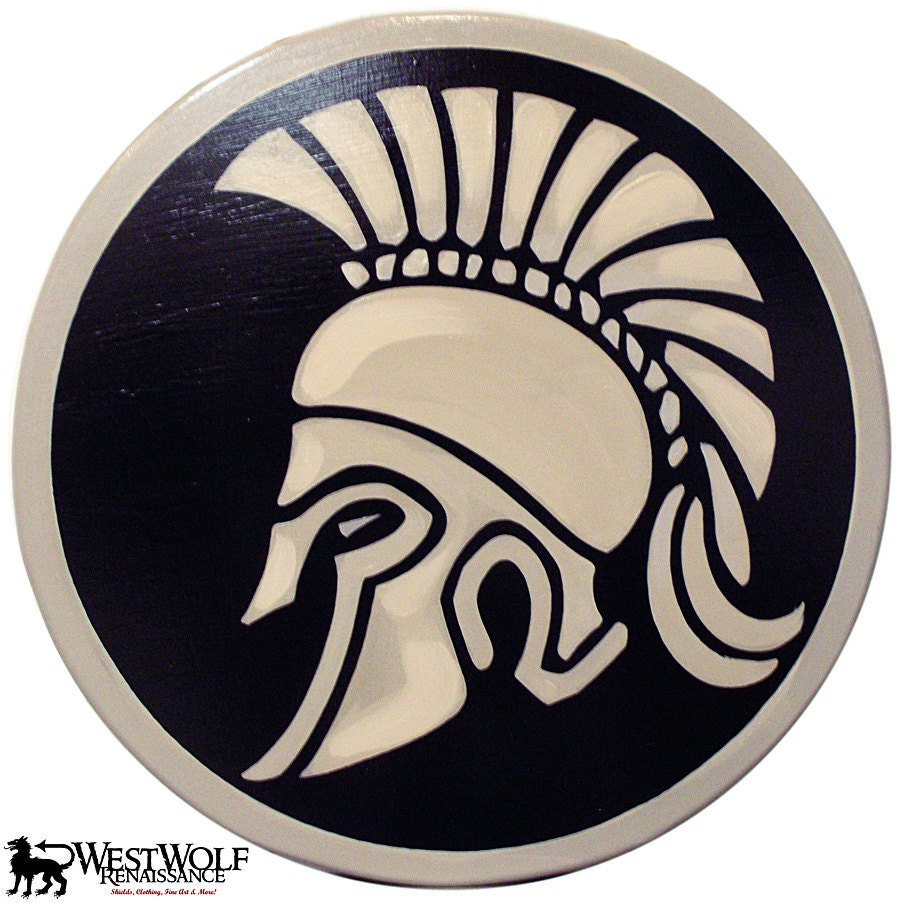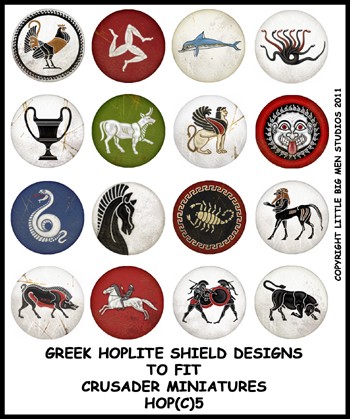

"What might be classified as 'red' could be anything from a light pink to almost purple. "Greek language used color in a fluid way," he explains. "There were no products that could keep a color stable." The technical challenges of dyeing clothes gave the Greeks a fascination with color change (both natural and man-made) and a conception of color very different from ours. "The first thing to remember is that the Greeks had no real fixatives," says Llewellyn-Jones. "Given the past insistence on imagining Greece in black and white, color has great potential to individualize ancient clothing and culture – to help us see it as human, rather than humanist," says Liza Cleland, author of The Clothed Body in the Ancient World. In some ways, the infinite palette available in the modern world has diminished our appreciation for just how meaningful color can be. Color solved the mystery of the statue's identity: She's the goddess Artemis, not just a rich Athenian teenager.īrinkmann's work shows how the ancients responded to the limitations of technology and environment with a surprisingly rich sense of polychromy (the use of multiple colors).
This style of sheath, originally worn by Eastern rulers, was borrowed by the Greeks to depict their female deities. Brinkmann's painstaking research revealed that elaborately colored images of lions, ibexes and sphinxes had once decorated the statue's tube-shaped outer skirt. Take the Peplos Kore, a graceful statue from 530 B.C., long thought to represent a high-born maiden.

"But there's a big difference between knowing it was painted and seeing it painted." "Scholars have long known about the colors of ancient sculpture," says Susanne Ebbinghaus, curator of ancient art at Harvard's Sackler Museum. The result has surprised even the experts. Brinkmann applied pigments to replicas of sculptures and architectural elements – then stood them next to the originals. Its curator, German archaeologist Vinzenz Brinkmann, has spent more than 25 years recovering the ancients' vibrant hues and patterns by means of ultraviolet light and other techniques. Nowhere is this historical reality check more vivid than "Gods in Color," a traveling exhibit that has stunned museum-goers and scholars around the world with its reconstructions of what newly painted marble might have looked like circa 500 B.C. "We have a vision of Greece as antiseptic that people moved around in pristine white garments," says Lloyd Llewellyn-Jones, a lecturer in classics at the University of Edinburgh. In its apparent aesthetic restraint, white marble seemed to embody the "pure" ideals of classical Greece: democracy, moderation, rational philosophical inquiry.īut new research is challenging this centuries-old assumption. When explorers unearthed ancient Mediterranean statuary, time and moisture had stripped the marble of its original paint, leaving the stone translucent, almost otherworldly. The ideal of Western art, in its highest form, as being austere and color-free has been around since the Renaissance. The real palette of ancient Greece defies monochromatic mythology.įrom the stately Acropolis in Athens to a 21st-century reproduction of Michelangelo's David, nothing evokes ancient Greece more than white marble. A Celtic knot is a symbolism of something more in-depth. Most people do not know what they mean other than they have unique patterns characterized by infinite knots. Most likely, you have come across Celtic knots, either on jewelry, tattoo shops, a Cross, or in a church. Celtic Knot Meaning And Origins, All Symbol/Design Variations Explained.Celtic Design - Symbols And Their Meanings


 0 kommentar(er)
0 kommentar(er)
